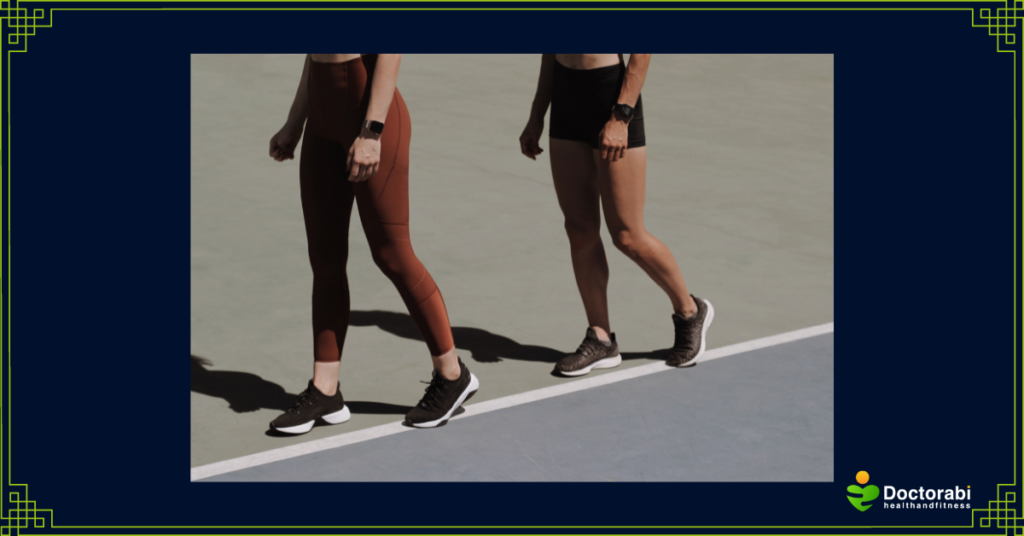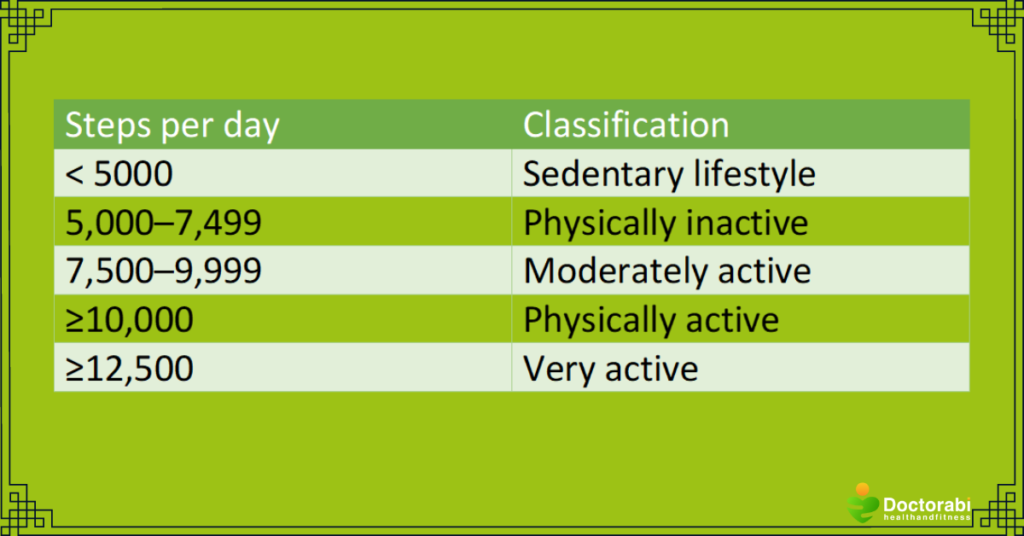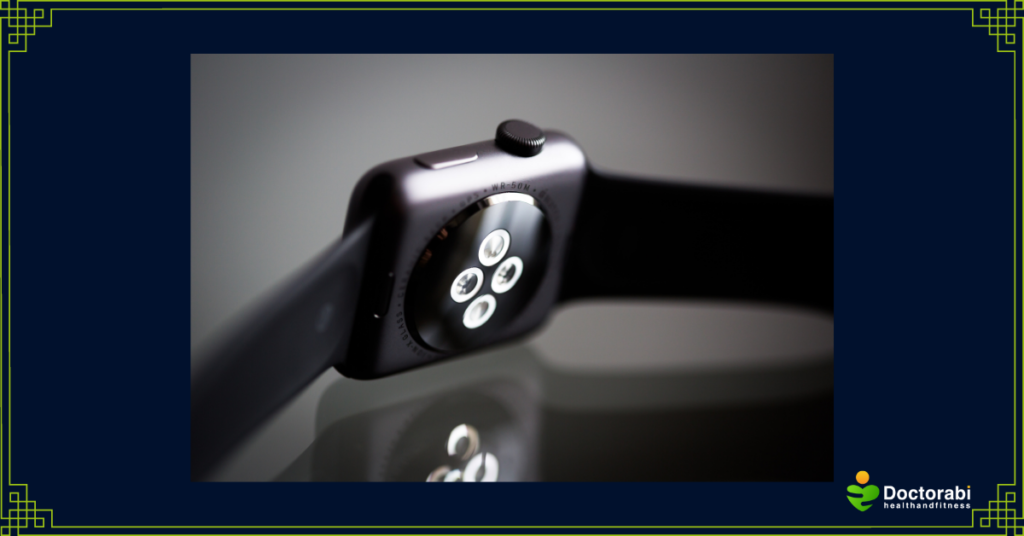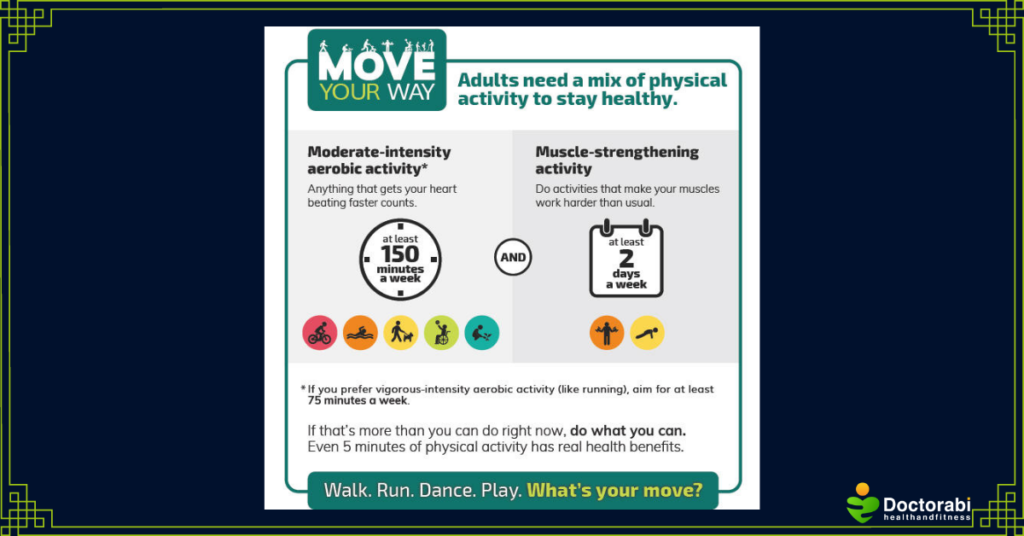Recently, a friend posted this on Facebook: “I am curious. How many steps do you all take daily?” Frankly, I was a little intimidated by the replies: 15,000, 18,000, 23,000, etc. I comforted myself by assuming that only people who took many steps daily replied to that particular post. Quite honestly, if I make 10 thousand steps a day, it is a good day for me. So, should I have been intimidated by those numbers? Does counting your steps really matter? And how many steps should you take daily? Let’s get some answers!

What is the recommended number of steps daily?
No doubt you have all heard of the “ten thousand steps daily” recommendation. But what is its origin? Following the 1964 Tokyo Olympics, the Japanese company, Yamax, designed and marketed their new step counter with the brand name manpo–kei. Manpo–kei translates to “10,000 steps meter” in English.
Since then, we have generally accepted and widely promoted 10,000 steps (about five miles) per day as the optimal number of steps to promote and maintain health. However, newer studies show that 7,000 steps daily may be just as effective. Specifically, taking at least 7,000 steps per day lowers your risk of death by 50% to 70% compared to someone taking fewer than 7,000 steps a day. Taking more than 10,000 steps daily does not further reduce the risk of death.

Why count steps?
We all know that we need to keep active to maintain good health and lower our risks of cardiovascular disease, obesity, cancer, depression, hypertension, diabetes, osteoporosis, and other diseases.
The easiest and most common exercise to stay active is taking steps and walking. The Oxford dictionary defines a step as “an act or movement of putting one leg in front of the other in walking or running.” Walking is universal and available to most people. It is also convenient and less likely to result in injury. In addition, it is a no-cost activity.

Counting steps is easy to do, and anyone can count steps. Some studies show that the higher the number of steps taken daily, the lower the risk of diseases. We can use many devices to easily and accurately count our steps. Knowing the number of steps you take daily can motivate you to become more active. Finally, we can use the number of steps taken daily to categorize people’s level of physical activity.

How do you count steps?
Fortunately, it is easy for everyone to count their steps using step counters. Step counters are devices you wear on your body to count the number of steps you take. Currently, most people are more familiar with step counters or activity trackers worn on the wrists. You can also wear step counters on the waist, thigh, ankle, or foot. In addition, most smartphones have apps and features that count your steps.

Which step counter or fitness/activity tracker is best?
It depends. The wrist trackers are convenient because you can wear them like a watch, and you can quickly check your steps at any time. However, wrist trackers may not be as accurate as trackers worn elsewhere on the body. Step counters worn on the ankle or foot are the most accurate. Waist step counters are also precise enough.
Unfortunately, wrist trackers may not record your steps if your wrist is stationary while walking. For example, when pushing a shopping cart. They may also record invalid steps while moving your hands, like when waving bye-bye or gesturing while talking. Overall though, these minor discrepancies may not make a significant difference in the daily steps taken.
Activity or fitness trackers are an upgrade to straightforward step counters. In addition to counting your steps, they can estimate your heart rate, calories burned, and so many other things. I have one that claims to measure my stress level, but I am yet to find that feature helpful. Some can record your hours of sleep, your oxygen levels, etc. Most importantly, find an affordable one with the features you most desire.

How effective are step counters in improving physical activity?
Step counters are effective in increasing the number of steps taken daily. In one study, 93.5% of the participants found step counters to be useful for improving physical activity.
Step counters can provide sufficient motivation for inactive people to increase their activity levels by about 2,500 steps per day (the equivalent of walking 1 mile).
However, for a step counter to be effective, it has to be easy to wear, easy to read, easy to charge, and easy to troubleshoot. The easier it is to use, the more likely you will wear it. In addition to wearing it, you need to look at it daily and adjust your steps/behavior based on what you see. All three behaviors are important – wear, look, and adjust! A wrist tracker or step counter should not just be a fashion piece or one of the watches sitting in your jewelry box. It is a tool you need to utilize daily.
Finally, to continually use your step counter, you have to find it fun, pleasurable, and motivating. That’s why the common wrist trackers will reward you with badges and dings when you reach various milestones.

Would you rather not count steps?
Fortunately, counting your steps is not a necessity for optimal health. You can forget about counting steps and stick with these exercise guidelines to promote health and prevent diseases.

Final thoughts
Do I have a step counter? Yes. I do. I have a wrist fitness tracker with a lot of features that I barely understand. Do I wear and use it? Yes, but I don’t pay too much attention to my number of steps. I noticed that my fitness tracker favors certain exercises compared to others. For example, it records more steps with exercises like fast boxing, dancing, and other activities with increased wrist movements. Honestly, at times, I think all it does is count the number of times I move my wrist.

In addition, when I get preoccupied with the number of steps I take daily, I focus only on aerobic physical activity and neglect other aspects of physical fitness, such as strength training, core training, and balance and flexibility. However, for overall wellness, all aspects of physical fitness are essential. So, I think it’s quite unfortunate that the step counters do not give you enough points for these other types of physical exercises.
Finally, should you be counting your steps or not? Step counters are most useful if you are sedentary or inactive and want to move up to the next level. They can definitely motivate you to increase your level of physical activity. However, they may not add too much value if you are already physically active.
So, do you count your steps? If you do, has it helped you become more physically active? Please feel free to share your comments and also feel free to share this article.
Yours in health and fitness,
Doctor Abi

